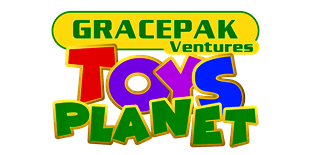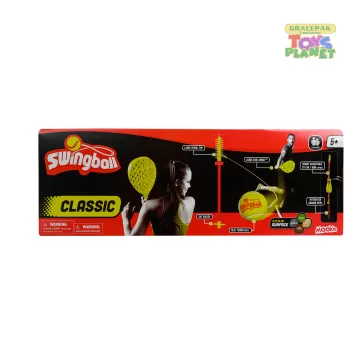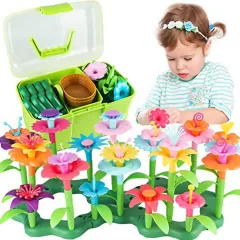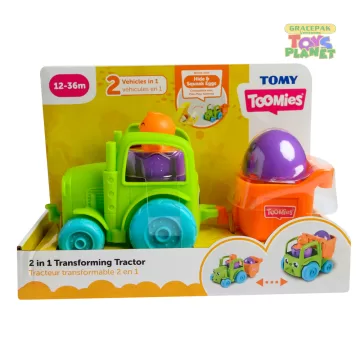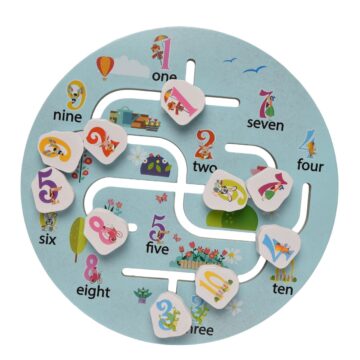
Investing in numeracy and literacy toys for children aged 0-3 can have a significant impact on their development and future success. During the first three years of life, a child’s brain is rapidly developing and forming important neural connections that will shape their cognitive, social, and emotional abilities. Numeracy and literacy toys help stimulate children’s developing brains and lay the foundation for future learning. By introducing children to basic concepts such as numbers, colors, shapes, and letters at an early age, you are helping them develop a strong foundation for more complex learning later on.
Here are several reasons why it is beneficial:
Brain Development: The first three years of a child’s life are critical for brain development. Providing them with numeracy and literacy toys stimulates their cognitive abilities and helps strengthen neural connections related to language and numerical concepts. This early stimulation can lay the foundation for future learning.
Language Acquisition: Language skills are essential for communication and comprehension. Toys that focus on early literacy, such as books with simple words and pictures, help children develop vocabulary, listening skills, and phonetic awareness. Exposure to language-rich environments through toys enhances their ability to communicate and understand the world around them.
Numerical Foundation: Numeracy skills involve understanding numbers, quantities, patterns, and other basic mathematical concepts. Toys that introduce numbers, counting, shapes, and sorting help children build a strong numerical foundation. Early exposure to numeracy through toys can foster an interest in mathematics and problem-solving from an early age.
Early Learning Readiness: Playing with numeracy and literacy toys can enhance a child’s readiness for formal learning. These toys promote concentration, memory, fine motor skills, and hand-eye coordination, which are essential for future academic success. Children who are exposed to educational toys early on are more likely to be engaged and receptive learners when they enter school.
Parent-Child Bonding: Educational toys provide an opportunity for parents and caregivers to bond with their children. Engaging in joint play activities promotes positive social interactions, language development, and emotional connections. It also allows parents to actively participate in their child’s learning journey.
Lifelong Learning: Developing a love for numeracy and literacy from an early age can have long-term benefits. Children who have positive early experiences with educational toys are more likely to become avid readers, confident learners, and critical thinkers as they grow older. These skills are valuable for academic achievement and lifelong learning.
Fine and Gross Motor Skills: Many numeracy and literacy toys involve hands-on manipulation and physical engagement. These activities help develop fine motor skills, such as finger skillfulness, hand-eye coordination, and grasping. Building blocks, for example, require hand-eye coordination and fine motor control to stack them. Reading books or turning pages also enhances fine motor skills. Additionally, some toys encourage gross motor skills, such as crawling, walking, or throwing, which support overall physical development.
Social and Emotional Development: Numeracy and literacy toys often invite interaction between caregivers and children. This interaction fosters social and emotional development as children learn to communicate, share, take turns, and follow instructions. Additionally, engaging with stories and characters in books promotes emotional understanding, empathy, and imagination.
When it comes to choosing numeracy and literacy toys for children aged 0 to 3 years, it’s important to select items that are safe, age-appropriate, and engaging. Here are some suggestions:
Numeracy Toys:
Counting Blocks: Soft blocks with numbers on them can help introduce basic counting skills.
Shape Sorter: A shape sorter toy with different shapes and corresponding holes can enhance recognition and problem-solving abilities.
Number Puzzle: A puzzle with large, chunky numbers can aid in number recognition and hand-eye coordination.
Nesting Cups: Stacking cups with numbers or patterns can promote numeracy skills and spatial awareness.
Number Flashcards: Bright and colorful flashcards with numbers can be used to introduce counting and numeral recognition.
Literacy Toys:
Board Books: Sturdy, colorful board books with simple pictures and words can encourage early language development and a love for reading.
Alphabet Blocks: Blocks with letters of the alphabet can help children learn letter recognition and basic spelling.
Touch and Feel Books: Books with different textures and materials to touch can engage the senses and promote language exploration.
Picture Puzzles: Puzzles with large, vibrant pictures can enhance problem-solving skills and vocabulary development.
Magnetic Letters: Magnetic letters that can be stuck to a magnetic surface or refrigerator can facilitate letter recognition and basic word formation.
In a nutshell, investing in numeracy and literacy toys for children aged 0-3 years provides a stimulating and supportive environment for early learning. It enhances cognitive development, language acquisition, and future academic success while promoting positive parent-child interactions. Also remember, at this age, parental involvement and interaction are crucial for the child’s learning and development. Engage in playtime together, discuss the toys, and make learning a fun and interactive experience.
